In 1935, the Consolidated Aircraft Corporation relocated from Buffalo, New York to San Diego. The company moved into a newly built factory located along present-day Pacific Coast Highway, between Barnett and Sassafras streets. Consolidated, later known as Convair when it merged with Vultee during the War, was responsible for building some of the most significant aircraft in aerospace history and for fifty years was the largest civilian employer in San Diego. Employment reached its peak in 1943 with 41,000 employees, of which forty percent were women. Rueben Fleets motto “Nothing short of right is right” became a popular slogan posted around the plant, meant to instill pride of workmanship in its thousands of employees.

Consolidated factory with Fleet's famous saying.
At Convair, women quickly proved themselves among their more established coworkers, proving to be just as capable and committed as men. As it was unusual for women to pursue a secondary education, Convair started vocational training schools, giving women the opportunity to engineering or drafting and have a job for them once they completed the course.

A chapter from a booklet teaching how plant supervisors should manage women, emploring them to realize their new employees are more than machines.
Prior to World War Two, women were primarily homemakers, doing domestic labor and working in the home, those that did work tended to partake in clerical and secretarial work. However as the war began the demand for labor pushed companies like Convair to hire women both on the assembly line and in technical positions like engineering or drafting. Driving this newfound push to work was a shortage of labor on the side of industry, as many working aged men were either drafted or enlisted. And for many women, a sense of obligation to contribute to the war effort made them seek work. Women that chose to work faced some degree of sexism, but at Consolidated, they quickly earned their place as just as committed and dedicated as their male counterparts. Maintaining this production was vital to the war effort as America fulfilled its obligations to allies overseas.

Cartoon form the Consolidated collection showing a child taking pride in his Mother's work!
Prior to the War, it was unusual for a woman to attend secondary school, and even then she would usually go for a skill like typing or a secretarial school; to bridge this gap Consolidated began vocational programs that would educate women on technical topics, like electrical or mechanical work so they could do more skilled labor. Not only did this arrangement let women access higher paying jobs, they also had the tools and skills to transfer to other industries, and became harder to replace. Factory work paid well, and came with several incentives to try and attract workers to the hard labor and unforgiving conditions. Convair itself gave all employees various ways to earn more, including the “Work to Win” program, an incentive where every few months employees with perfect attendance were entered into a drawing for cash prizes, Later in the war, as the bond program matured, Convair offered to its employees automatic purchasing, setting aside some of their wages to buy bonds, and matching incentives.

US Government poster urging women to buy War Bonds, from the SDASM collection.
To accommodate women, Convair made several changes to both its production line and equipment, installing counterweights for moving large segments of planes, and upgraded older manual machines to be electrically driven or pneumatic. These changes also helped male workers to be more efficient and productive.
To help women adjust to factory life and manage their new work life balance, Convair circulated several training manuals and guides aimed at management staff created to help them talk to female employees. On the employees side, the company set up the Women's Counseling Service, a dedicated department to act as liaisons for the workers who felt they couldn't bring issues to management. They were selected for their demeanor, and previous experience favoring nurses and other care workers. These counselors played in important role in discussing womens issues with management, and were featured prominently in management guides and worker newsletters.
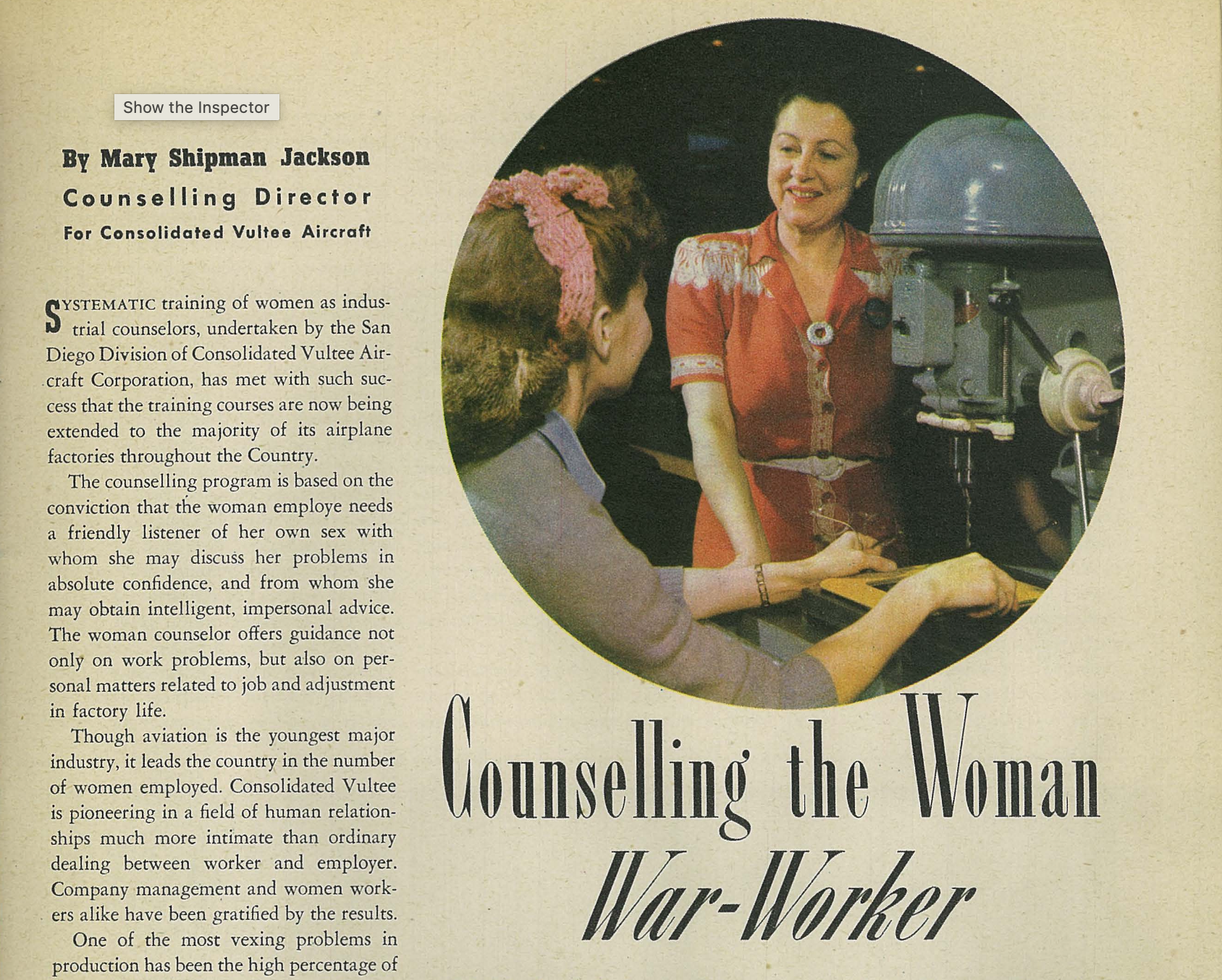
Article from 1944 on the Consolidated Vultee Counselors. The full article can be read here.
As more women joined the work force, they found more independence in different ways: in having more money to spend but also in the gaining of skills, including technical education, which led to greater self esteem. Workplaces and coworkers were also more accoustomed to having women in their employ and they had proven themselves as valuable workers. Despite their newfound roles in the workplace once the war was over women largely chose to leave, giving up their places to returning men. They did this for a number of reasons, some leaving to resume lives that had been put on hold, some were removed as companies downsized after the conclusion of the war, and others still went back to the home from societal pressures. However as America returned to its peacetime consumption, some families found they could only afford their lifestyle with a duel income, and so the working wife was there to stay. This need for extra money and the stigma associated with women working in “mens jobs” can be directly connected to Tupperware girls, and the advent of direct sales companies that gave housewives more freedom to work, without the hours and demands of a typical workplace.
To take a look at the Consolidated/Convair employee newspapers from World War Two, click here.
Below you will find some images of women working at Consolidated/Convair during World War Two:
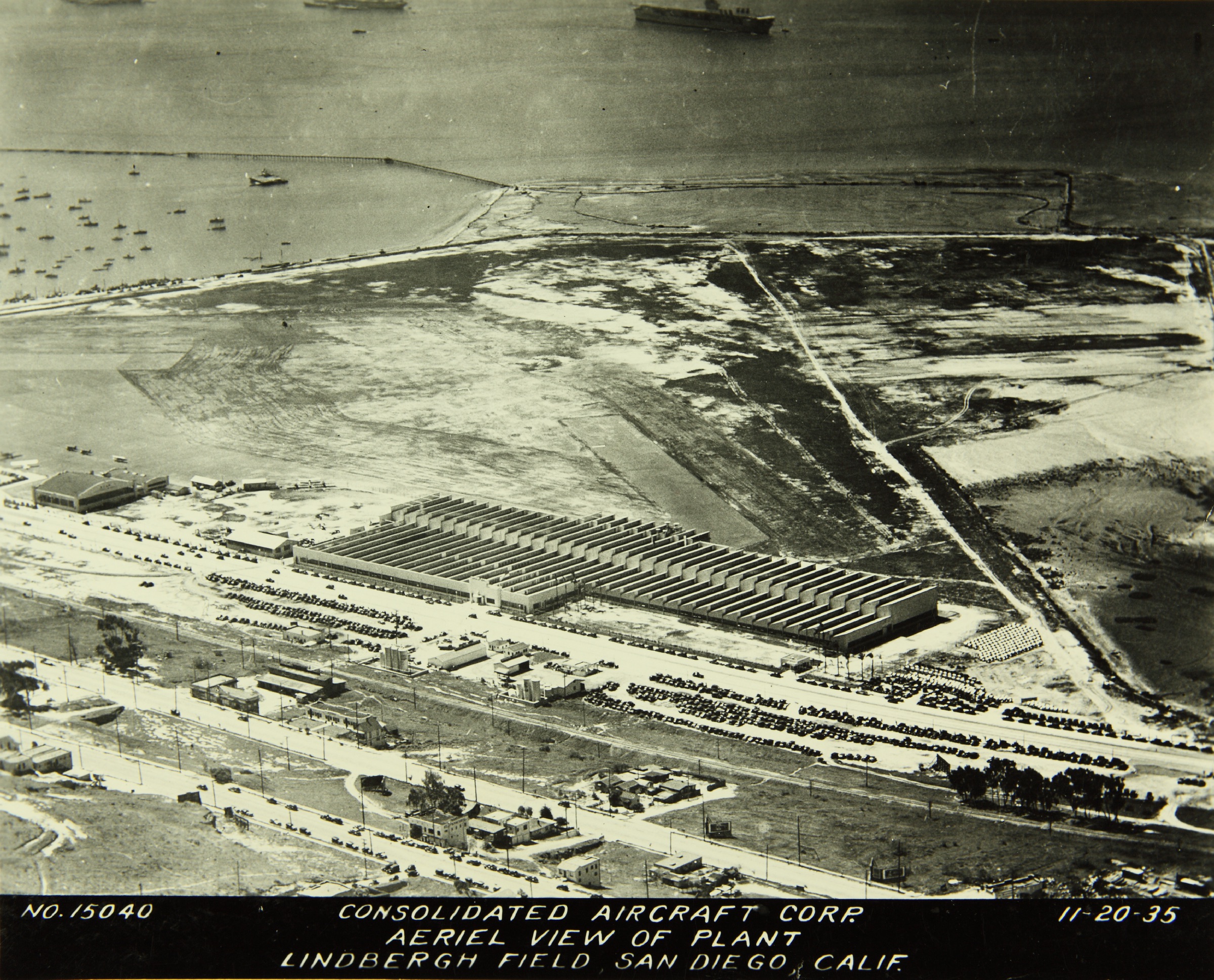
This aerial view of the Consolidated factory was taken 20 November 1935. The land and much of the financing to build the plant came from the city and local bankers.
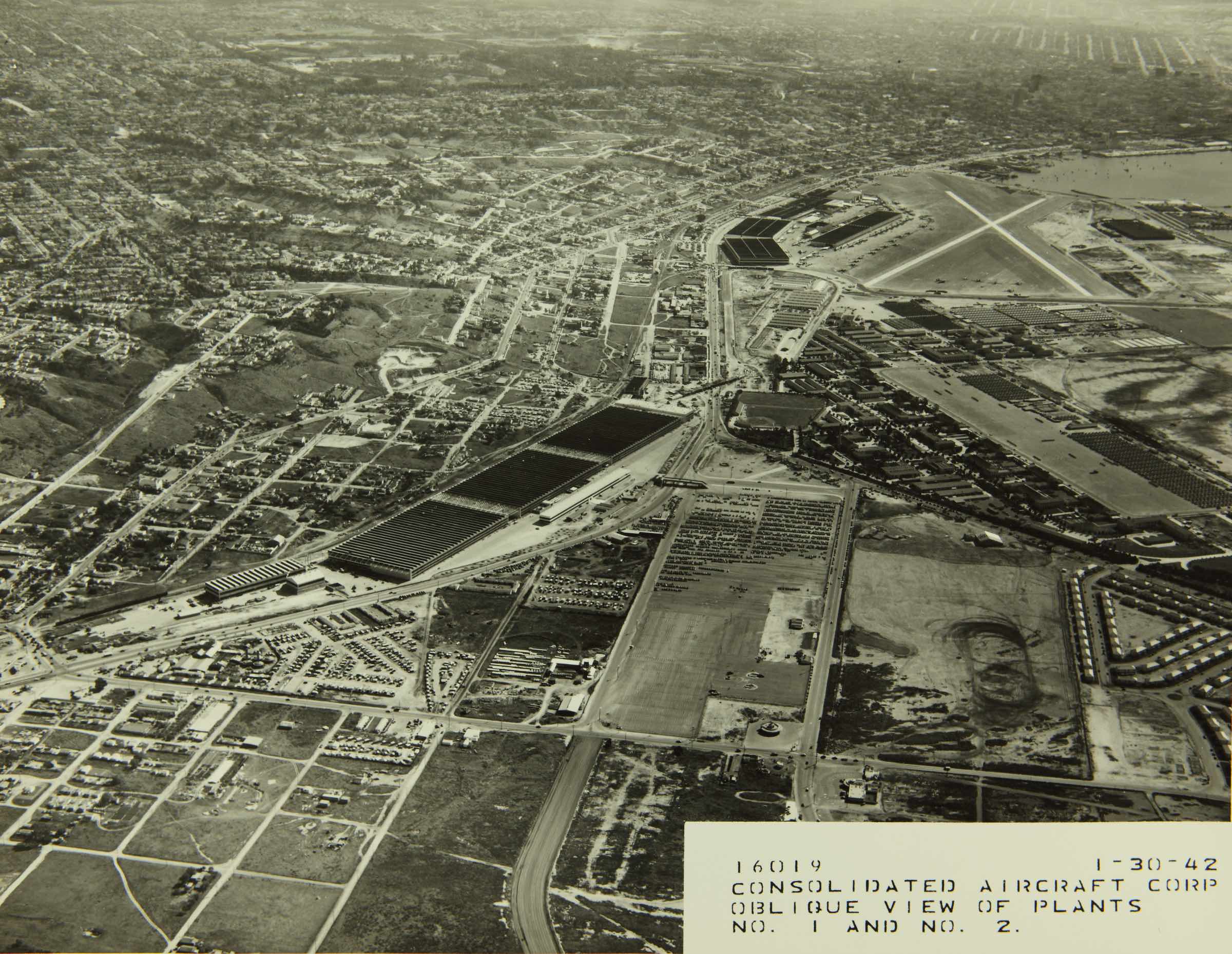
The large dark rooftops of Consolidated Aircraft Corporation’s Plant #1 and #2 are visible in this aerial looking southeast, January 30, 1942.
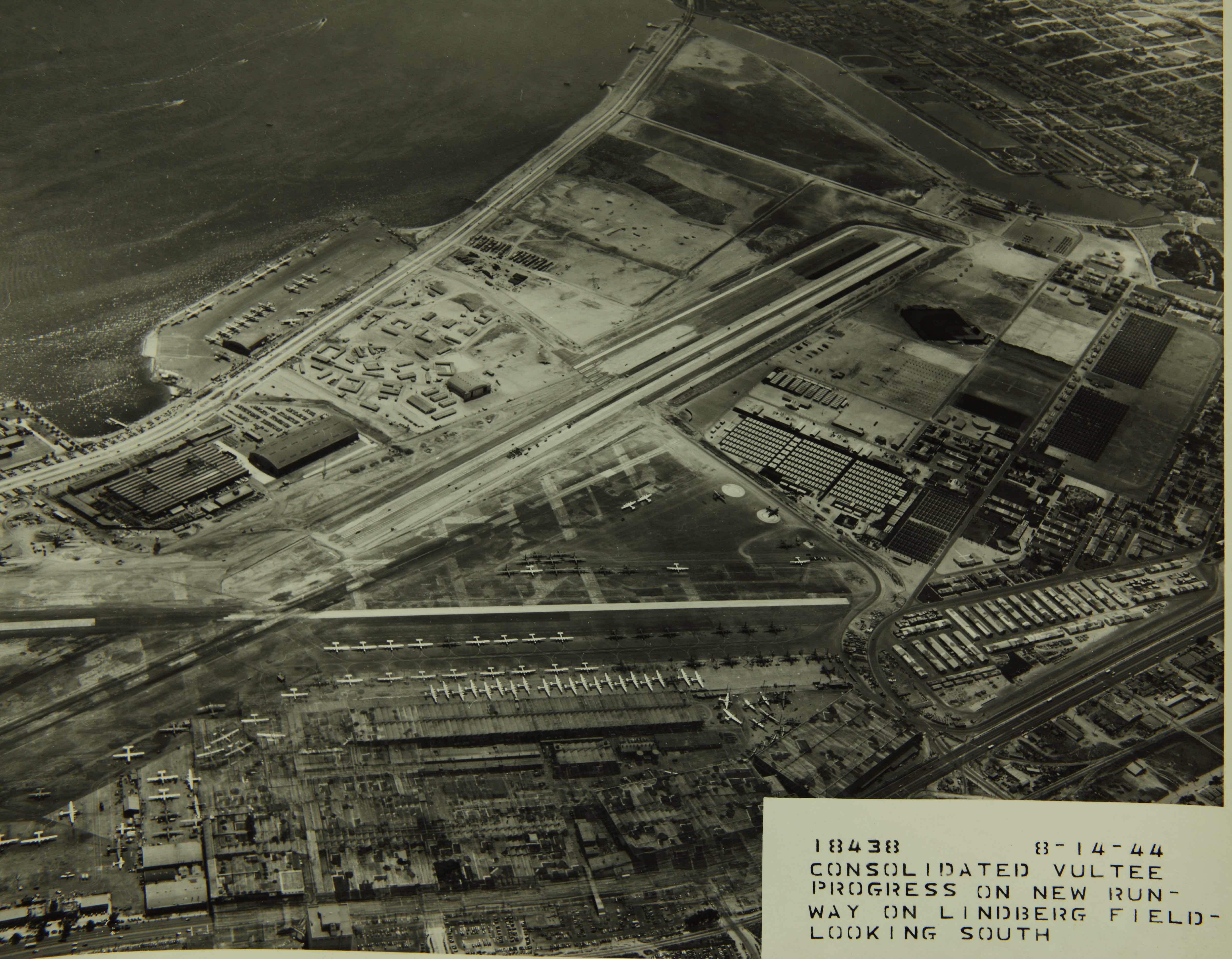
In this August 1944 aerial view of Lindbergh Field looking south, camouflage netting effectively hides the massive Consolidated factory but evidence of the plant’s wartime production is clearly visible. Dozens of PBY Catalina, PB4Y Privateer patrol planes, and shiny aluminum B-24 Liberator bombers are parked around the perimeter of the buildings, ready for delivery to the Army, Navy and Allied nations.
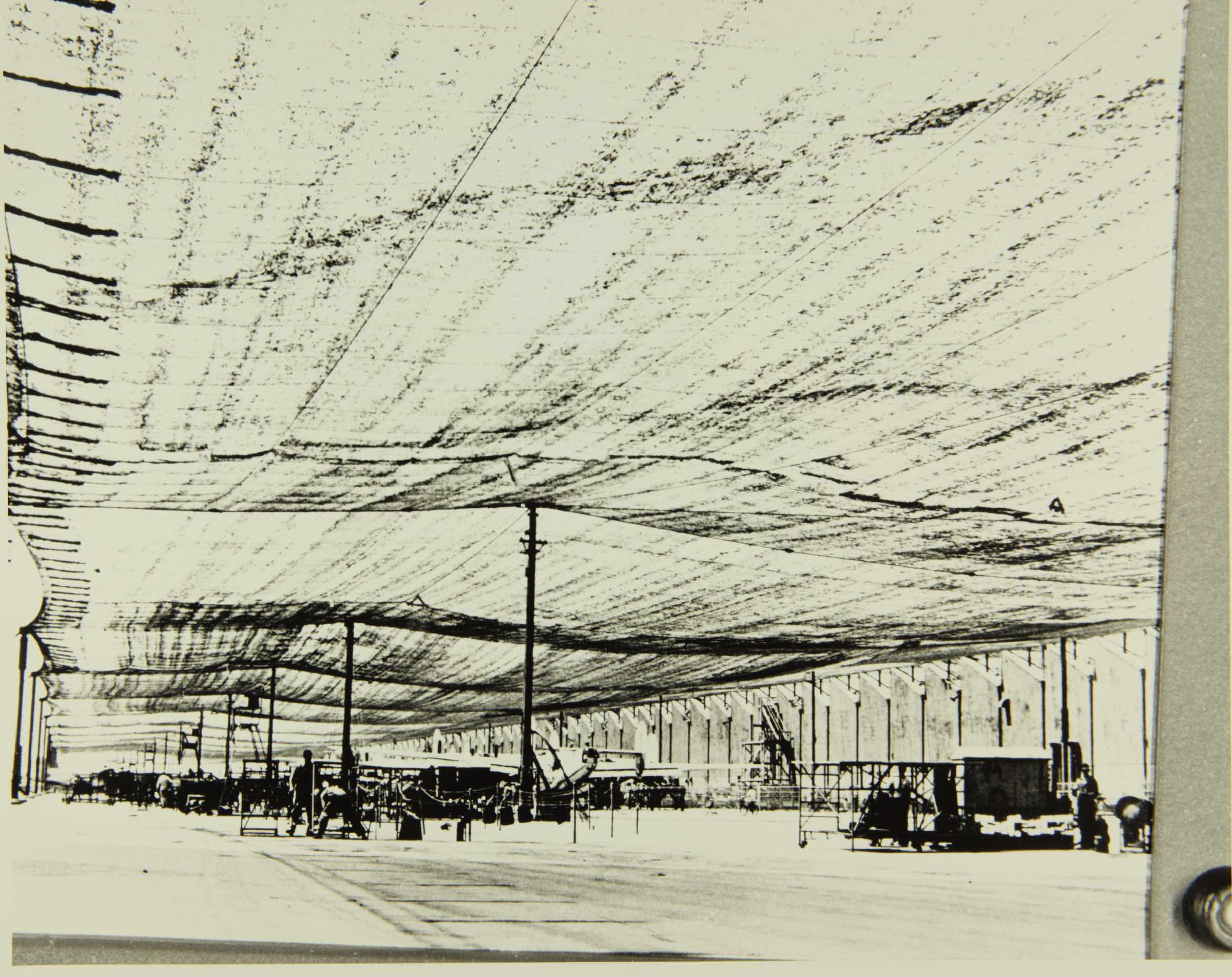
San Diego’s nearly perfect weather meant that some of the production work could take place outdoors. When the plant was camouflaged in 1942 to protect it against potential air attack, the camouflage netting provided some welcome shade in the summer.
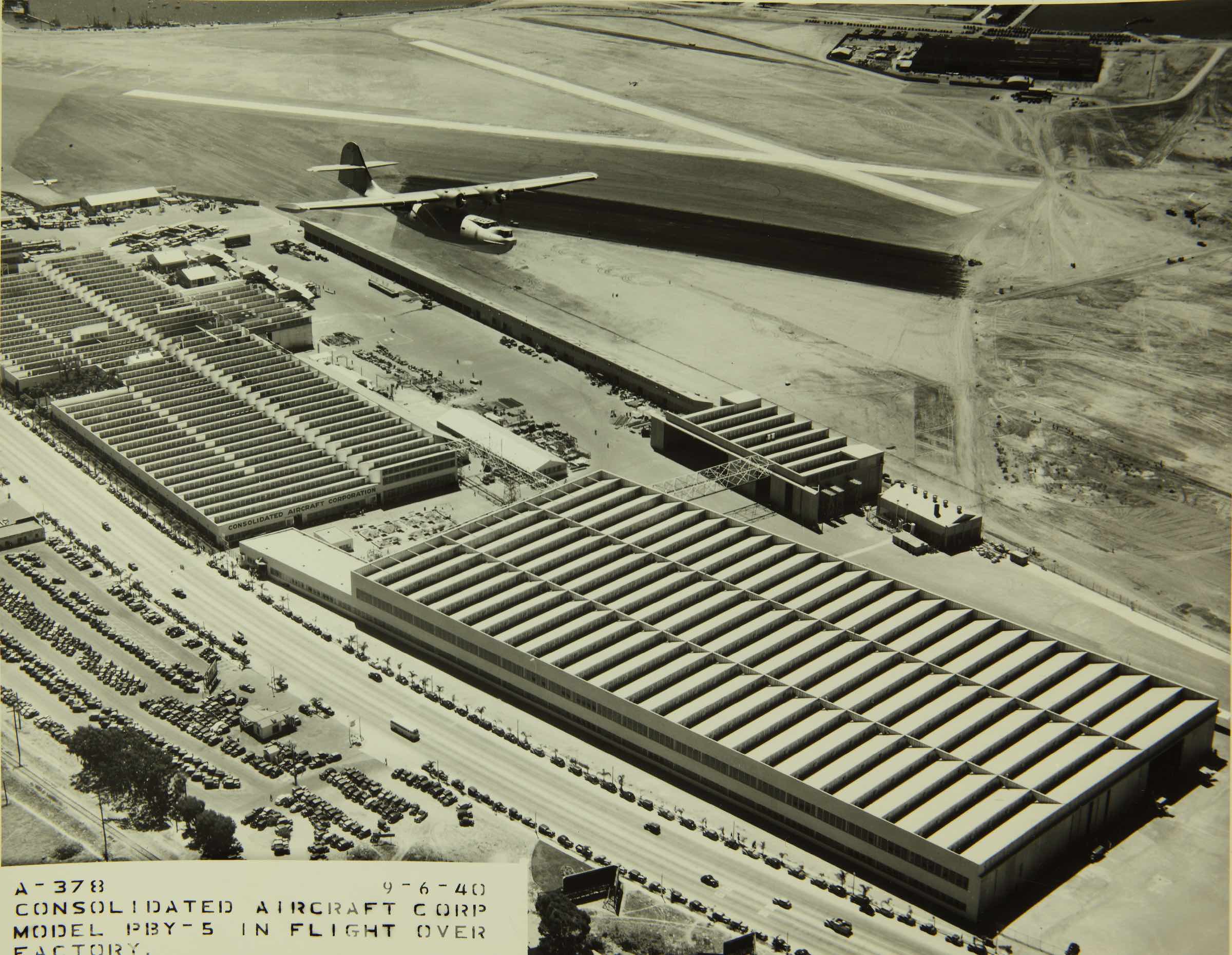
By 1940, the Consolidated factory had more than doubled in size, thanks to huge orders from the War Department and friendly nations. A PBY-5 Catalina in flight over the factory, 6 September 1940.
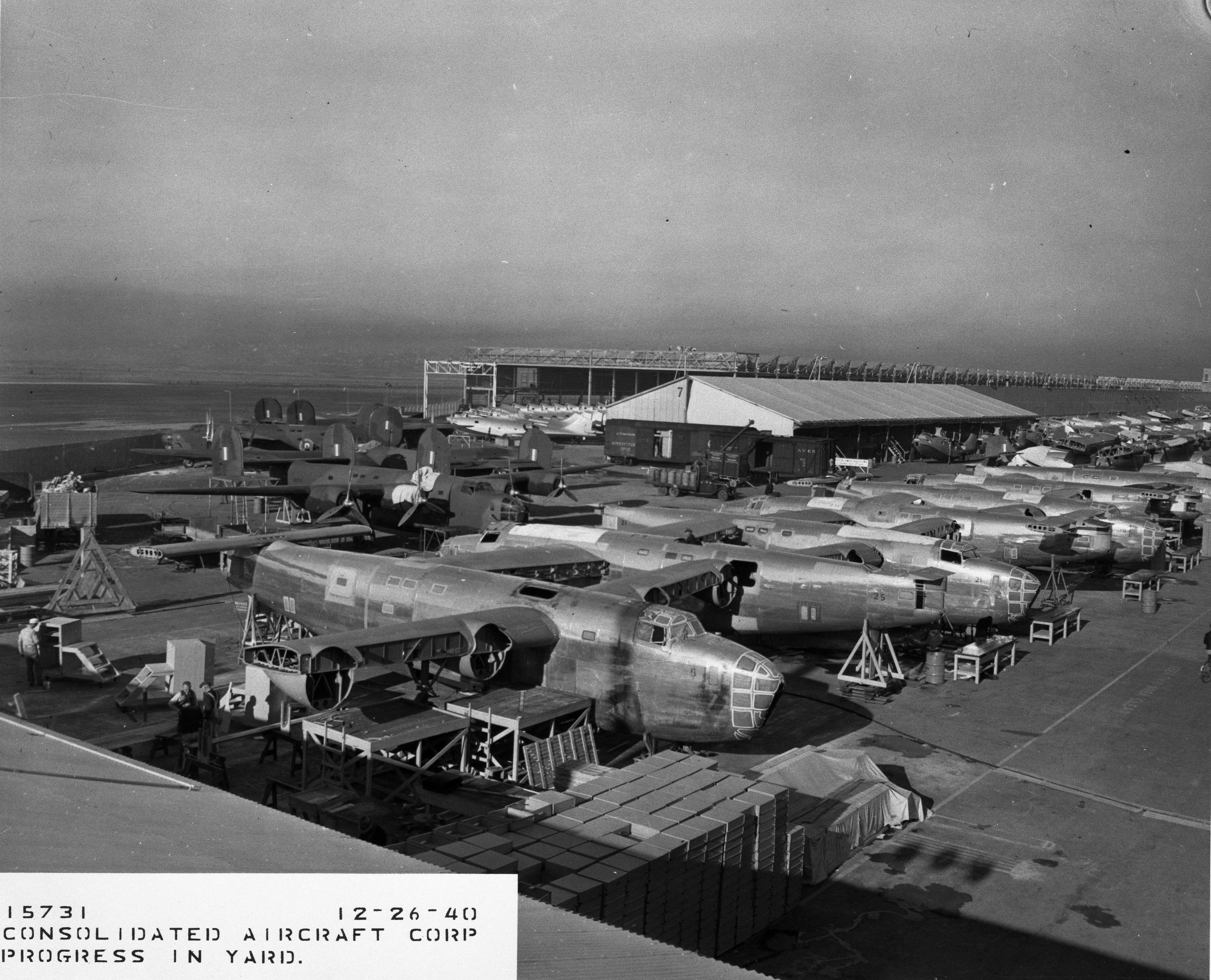
B-24 Liberators being assembled outside in the Consolidated yard, 26 December 1940. The camouflaged airplanes are for Great Britain’s Royal Air Force while PBYs can be seen in the distance.
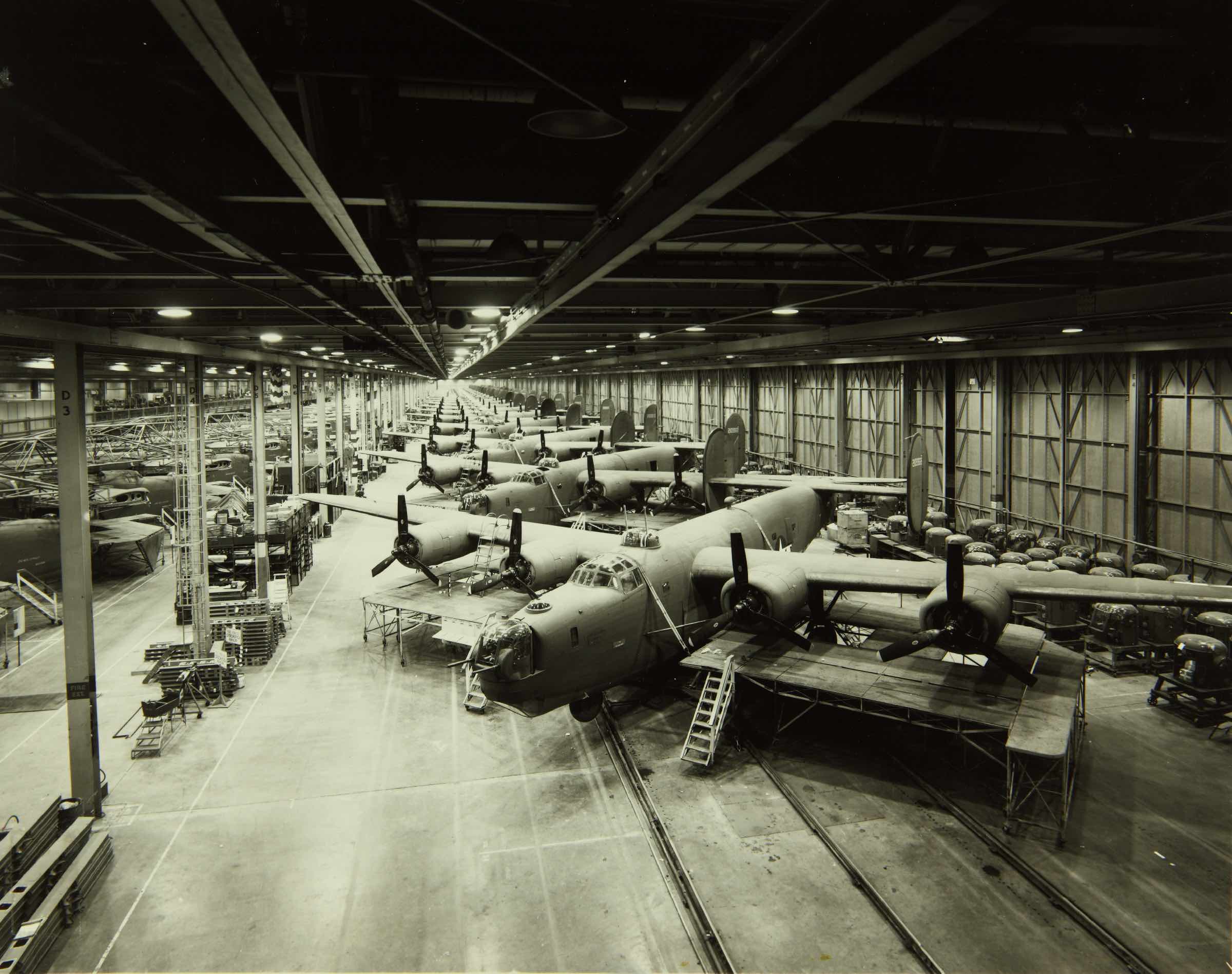
By 1943, even more buildings meant that much of the production could take place indoors. These B-24s on the final production line would soon be delivered to the various combat zones. Employees worked hard to produce the PBY Catalina and the B-24 Liberator, with women involved in every phase.
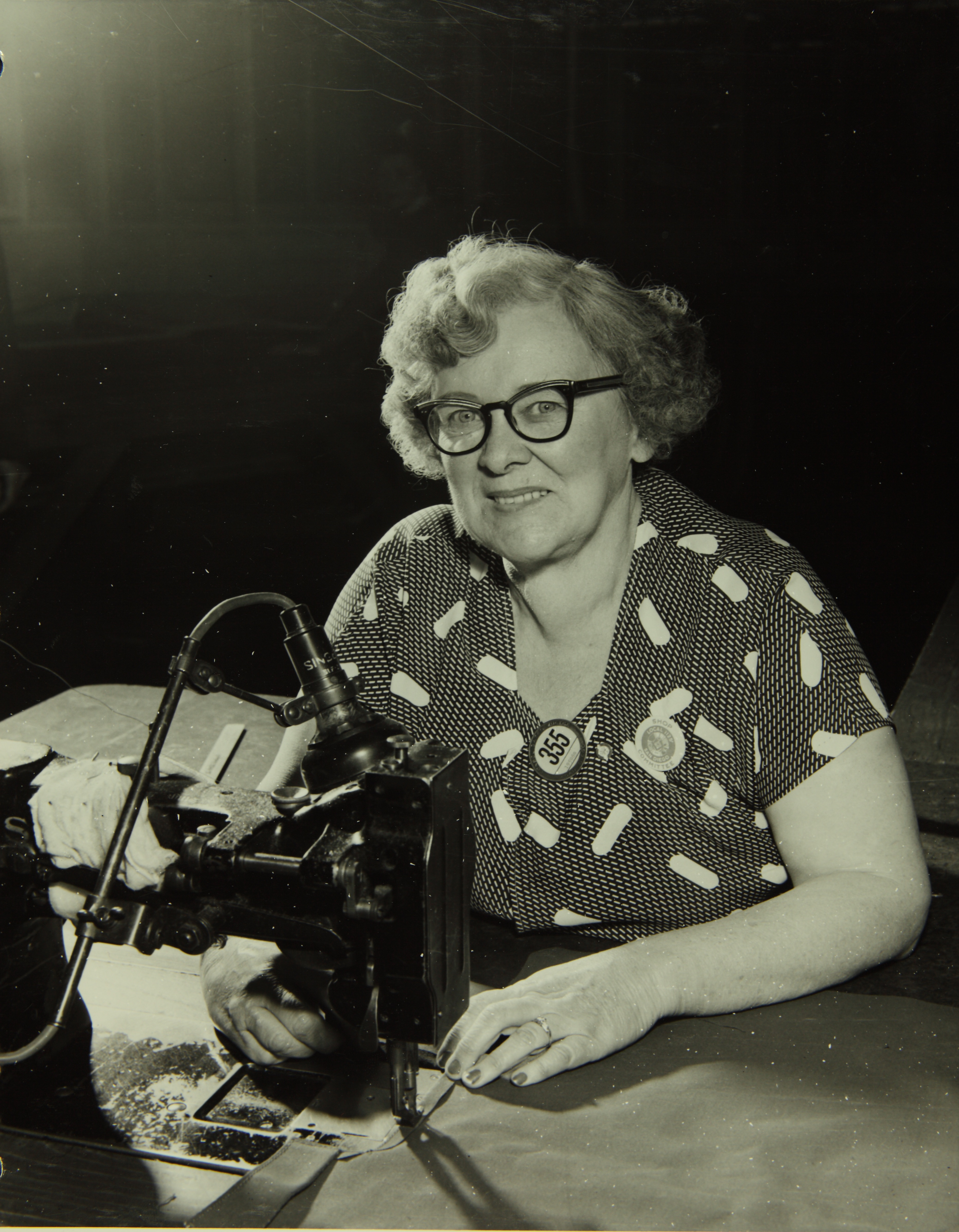
Women of all ages flocked to the plant to do their part to win the war.
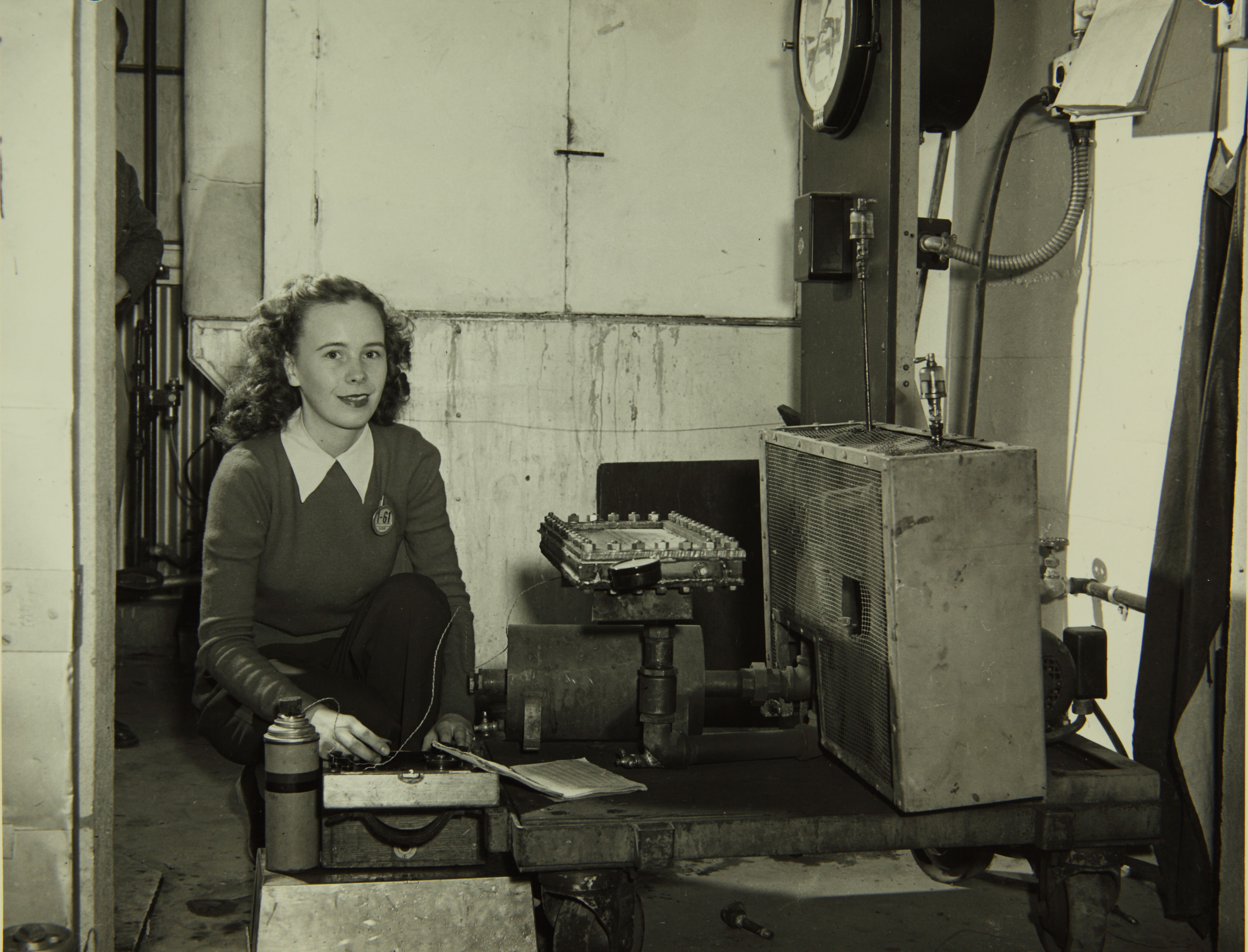
Consolidated provided comprehensive training to its new employees, most of whom had no prior technical skills in aviation work.
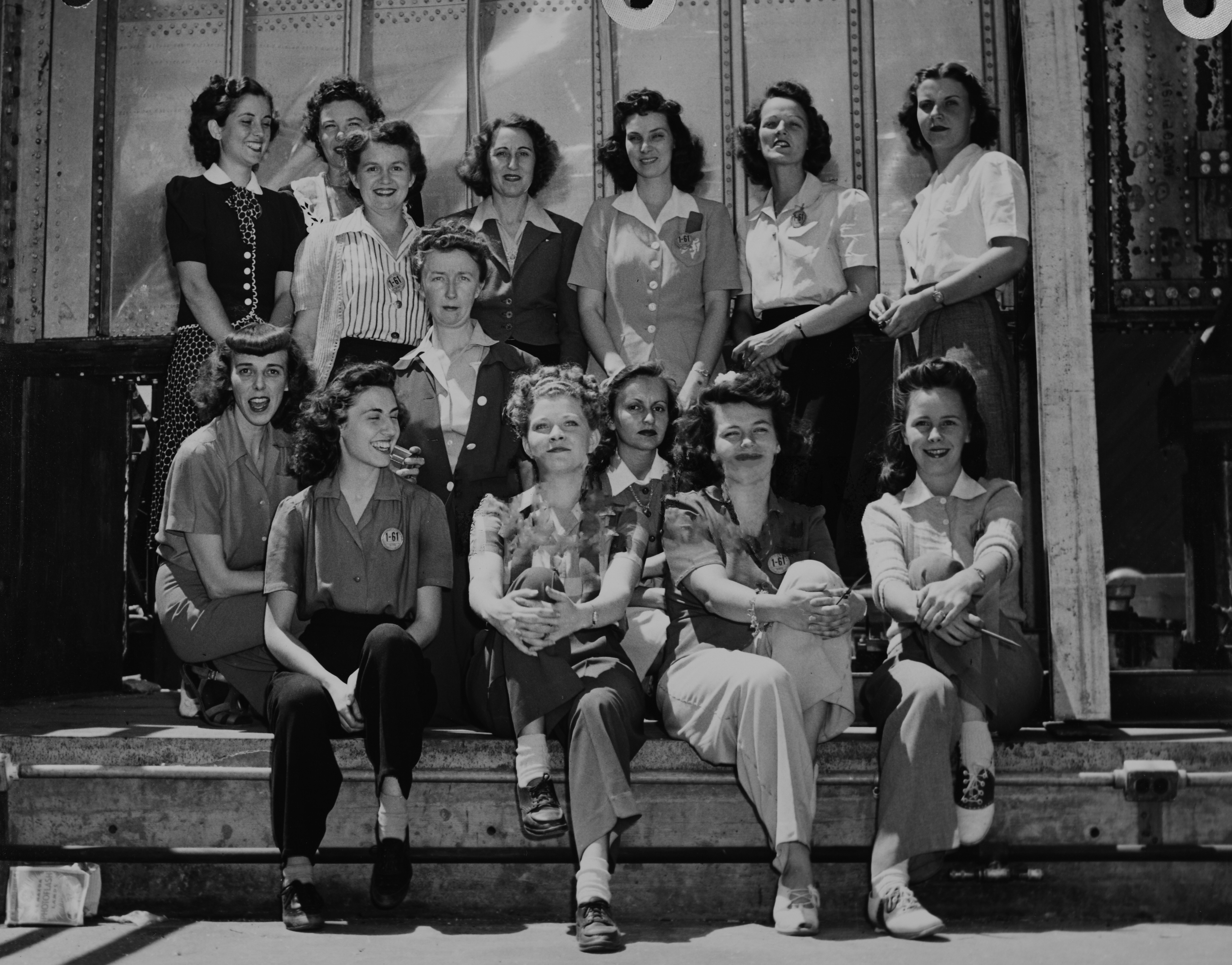
Camaraderie developed among the people in the factory, many were roommates, largely due to chronic wartime housing shortages and most shared in social activities. Many were married with their husbands serving in the armed forces.
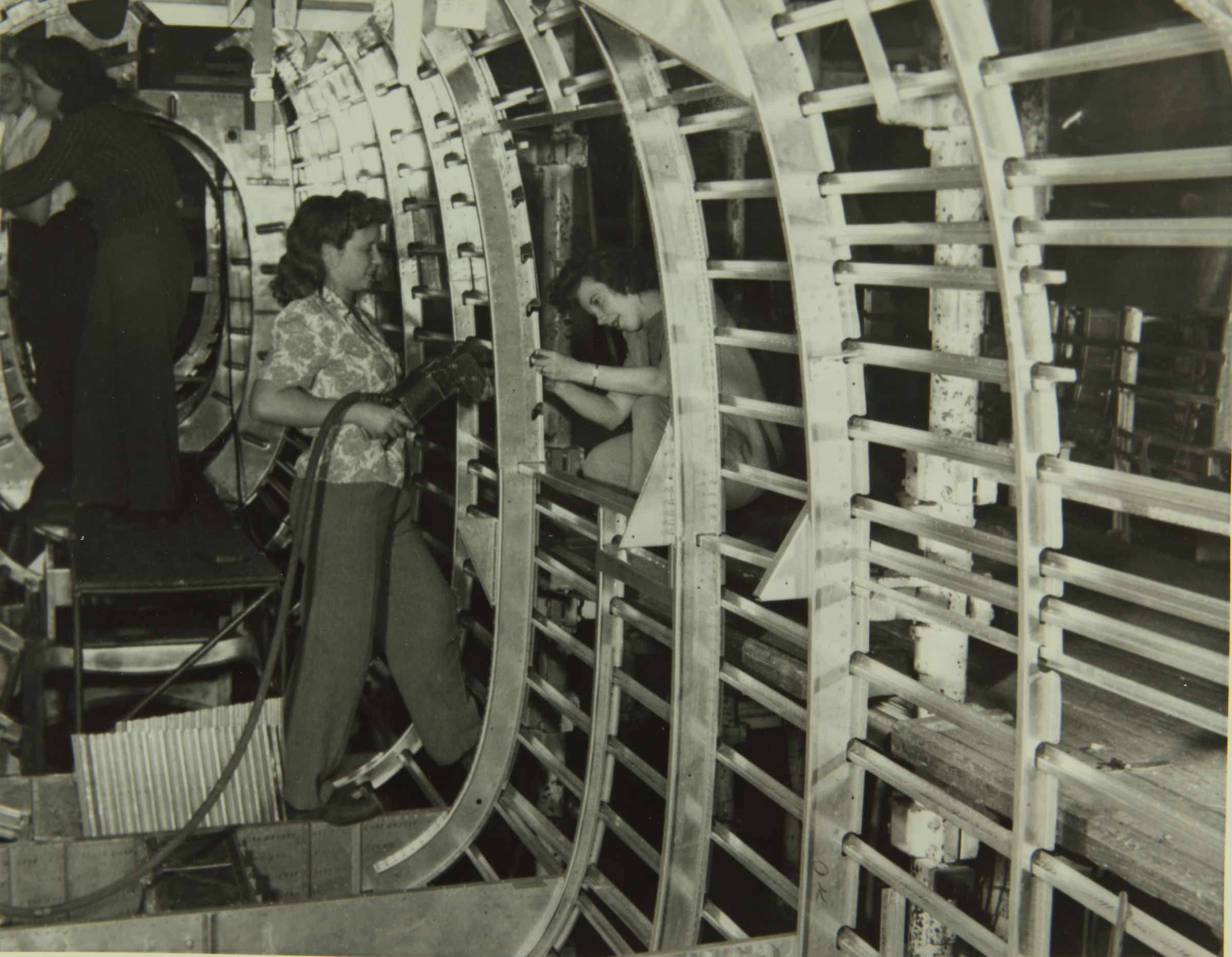
These women are assembling the fuselage of a Liberator bomber. Assembling one of these complex warplanes took thousands of work-hours and the factory ran 24-7 for most of the war.
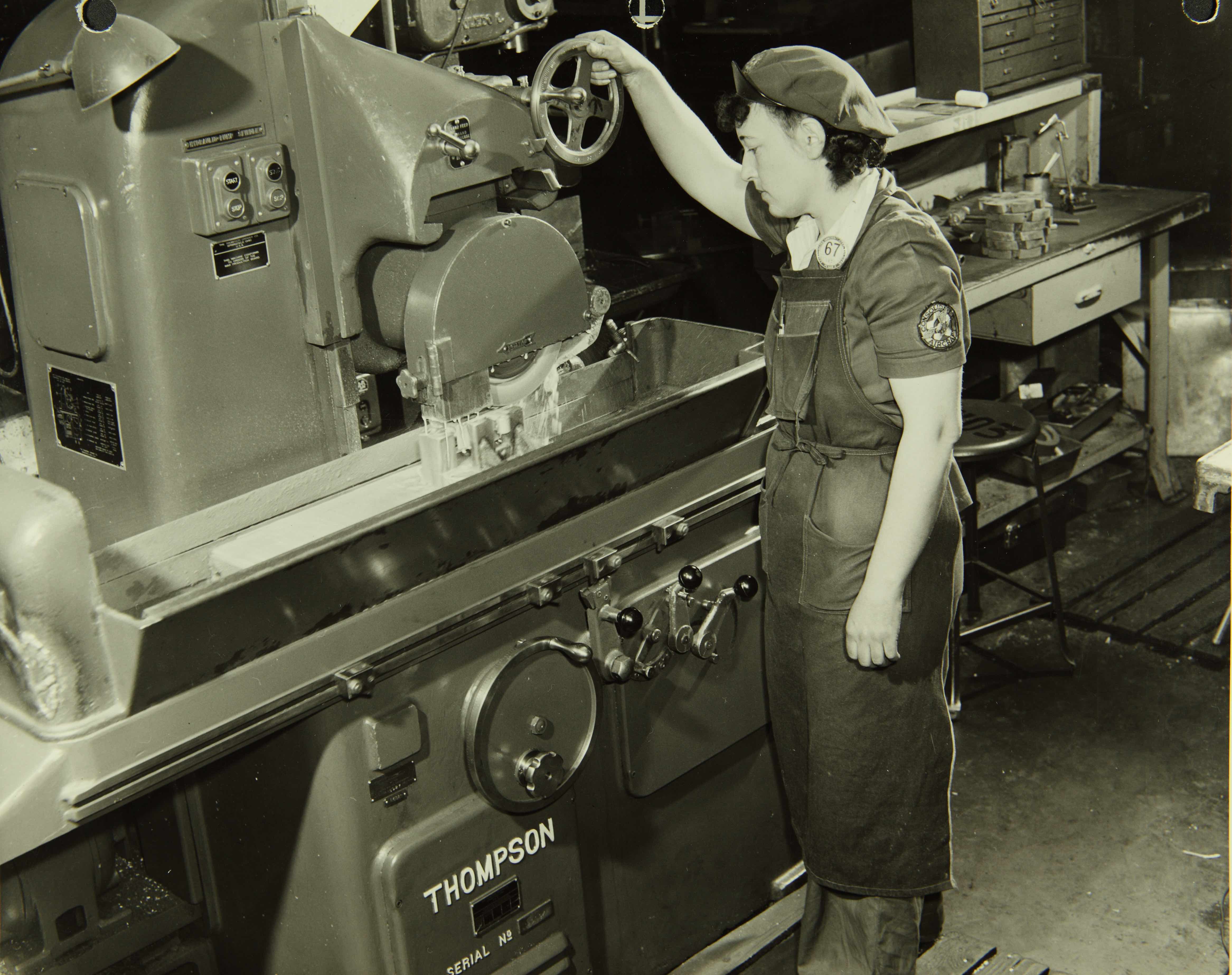
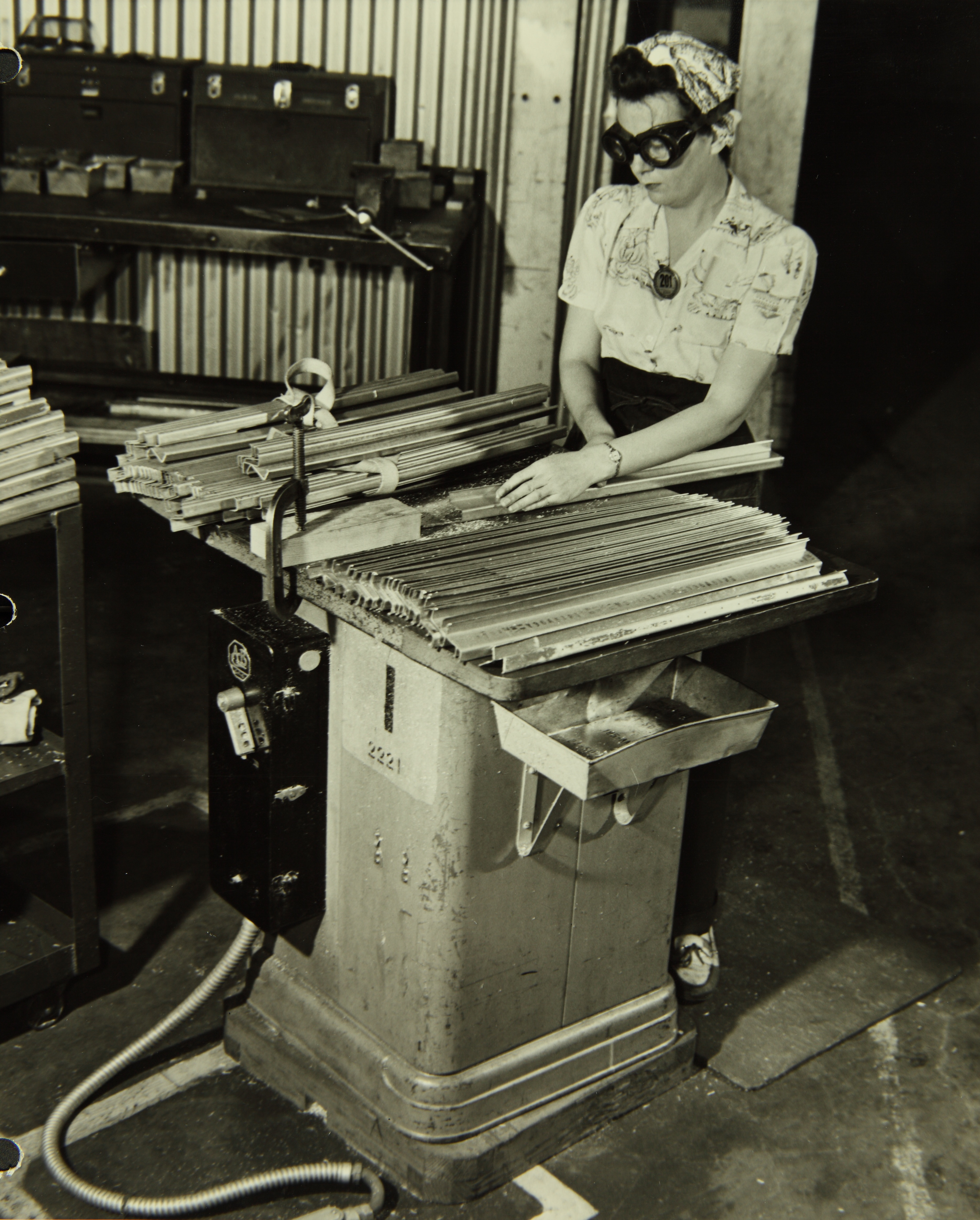
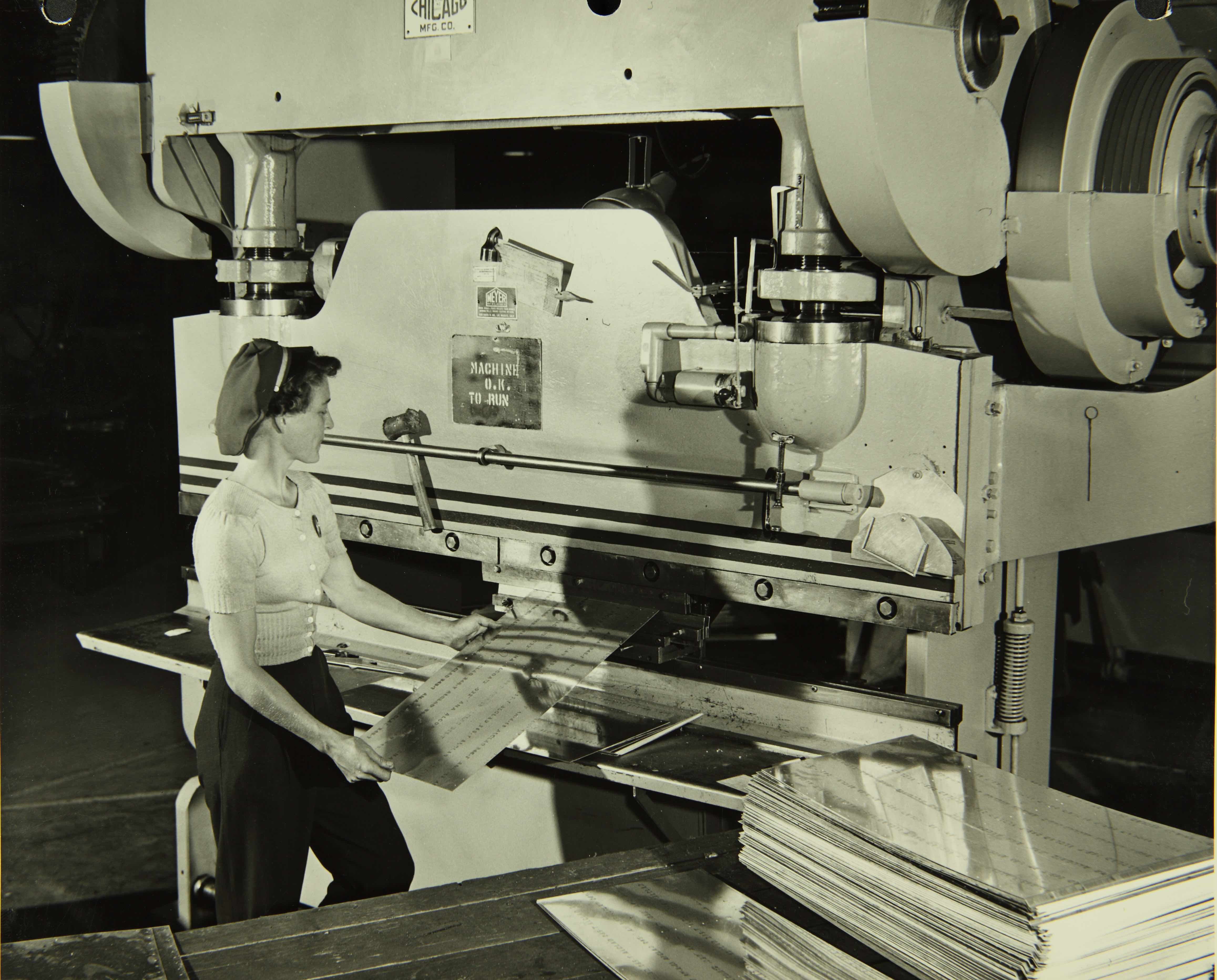
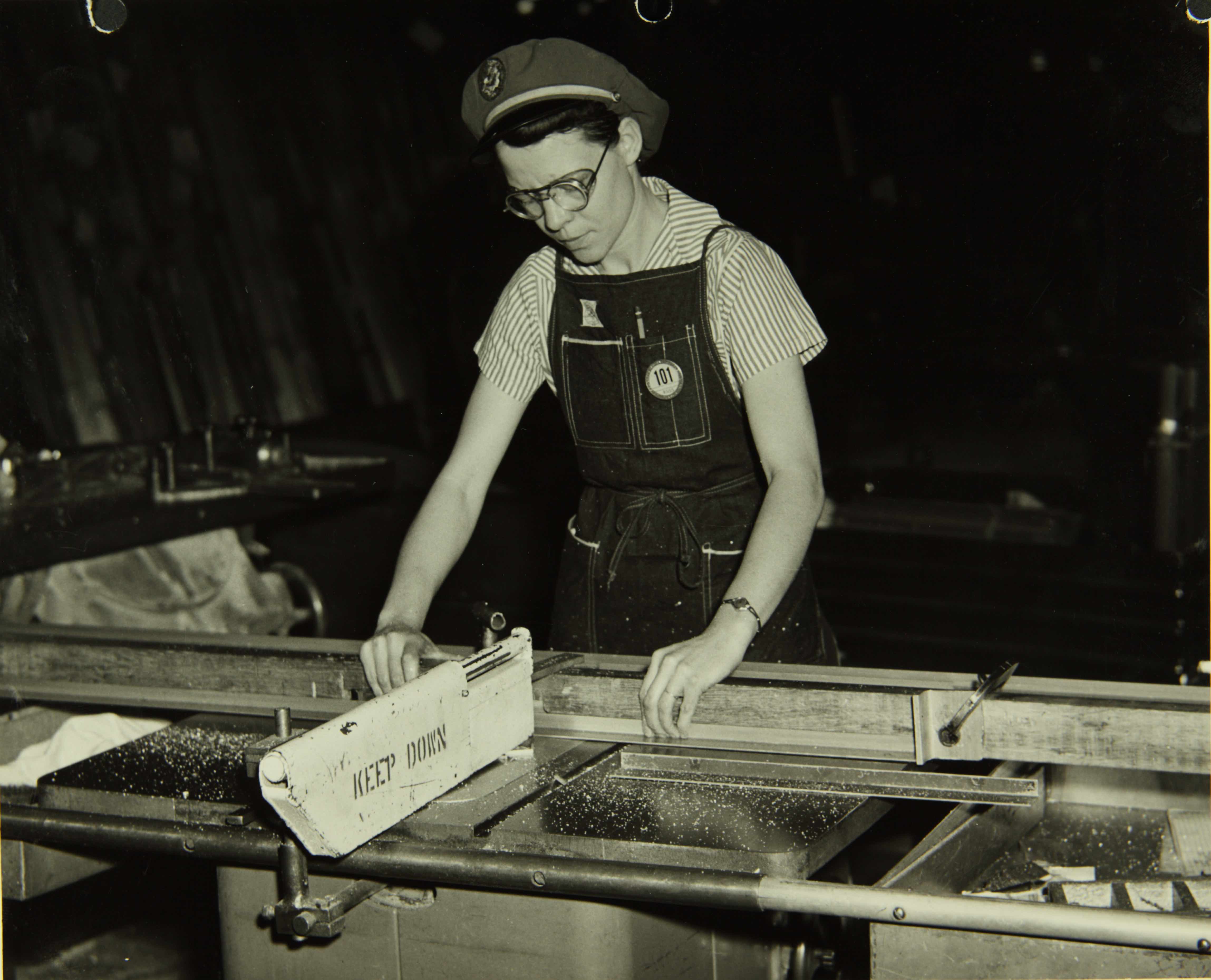
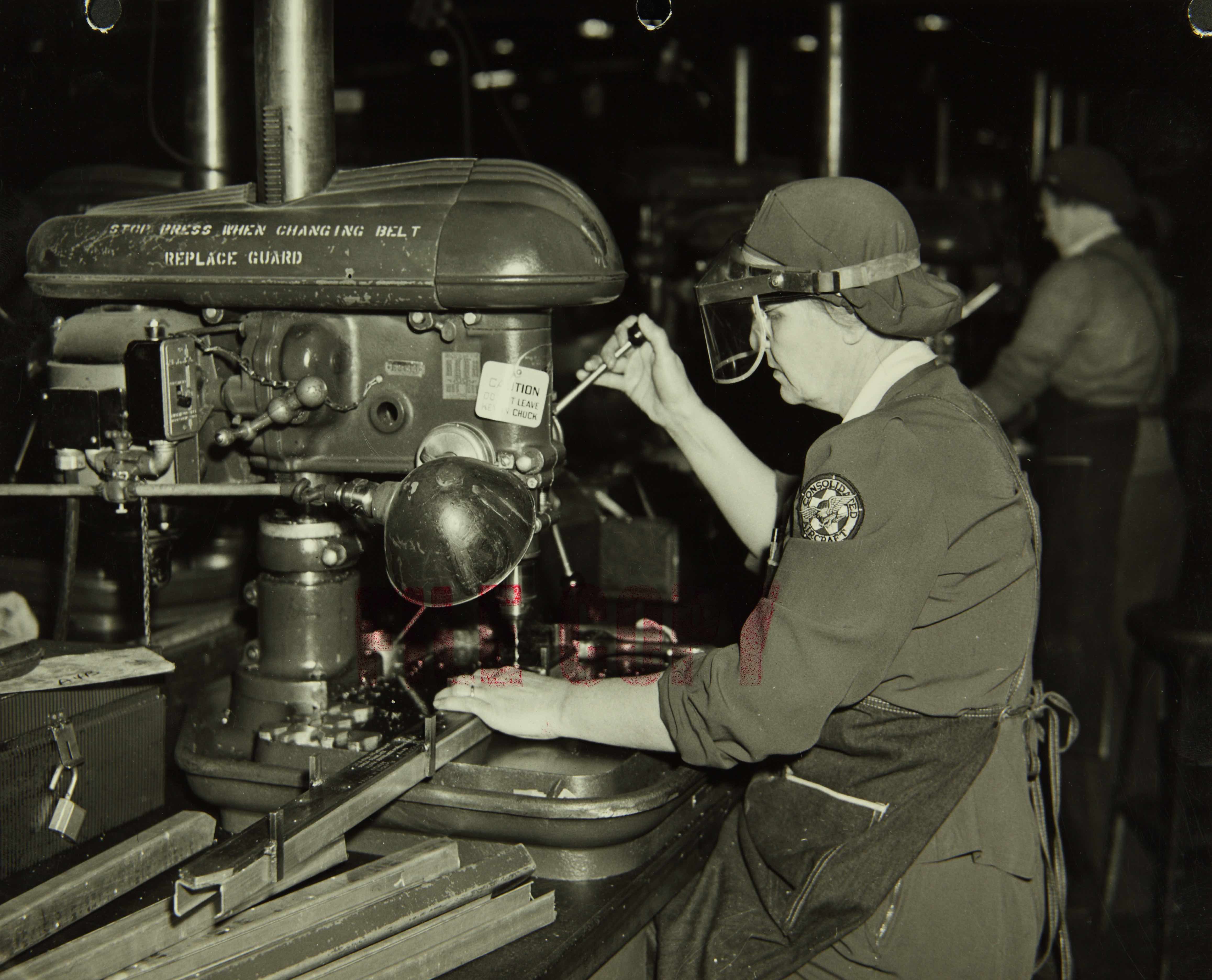
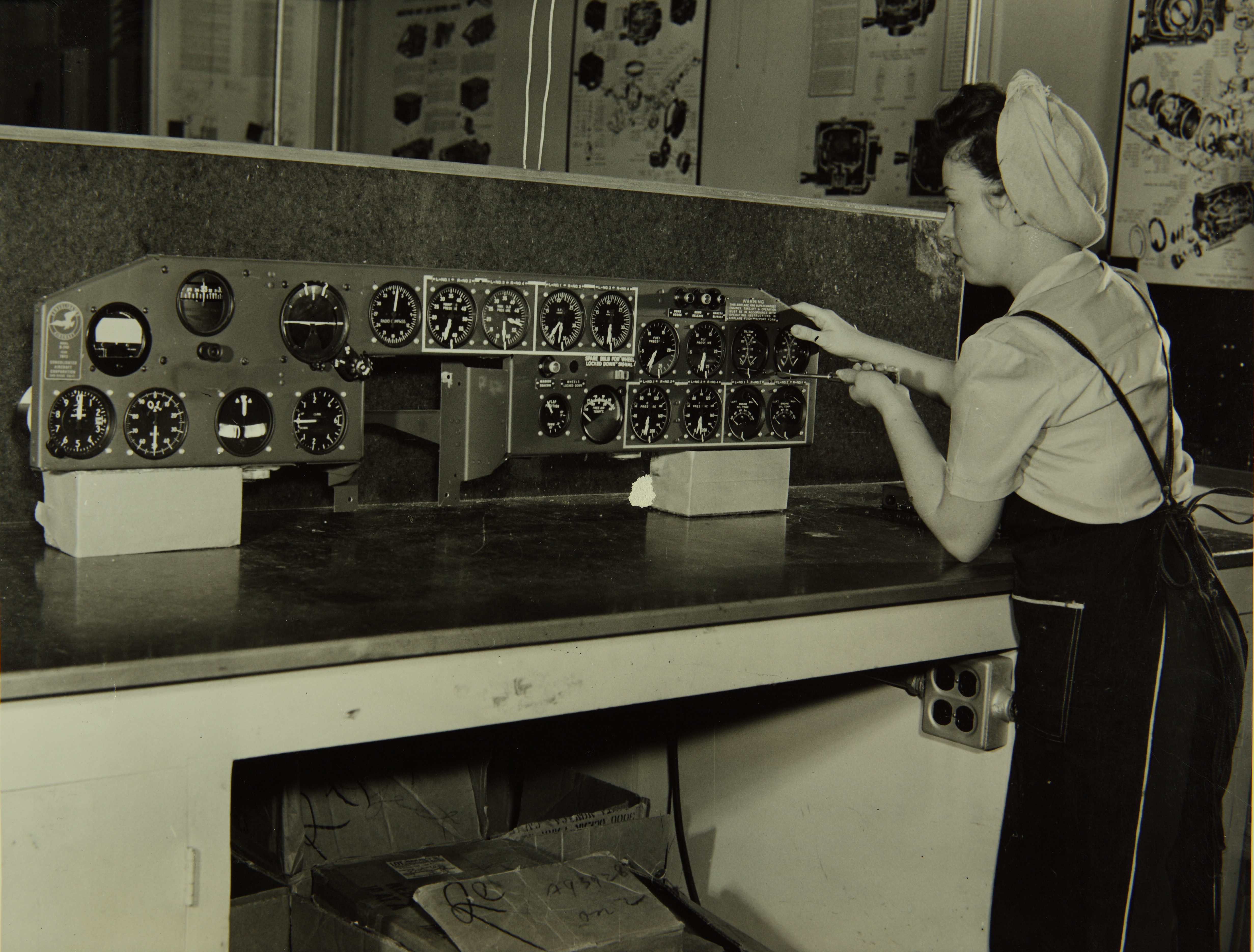
Although riveting became the most recognizable job occupation for women workers, they also operated drill presses, welding tools, and heavy casting machinery as well.
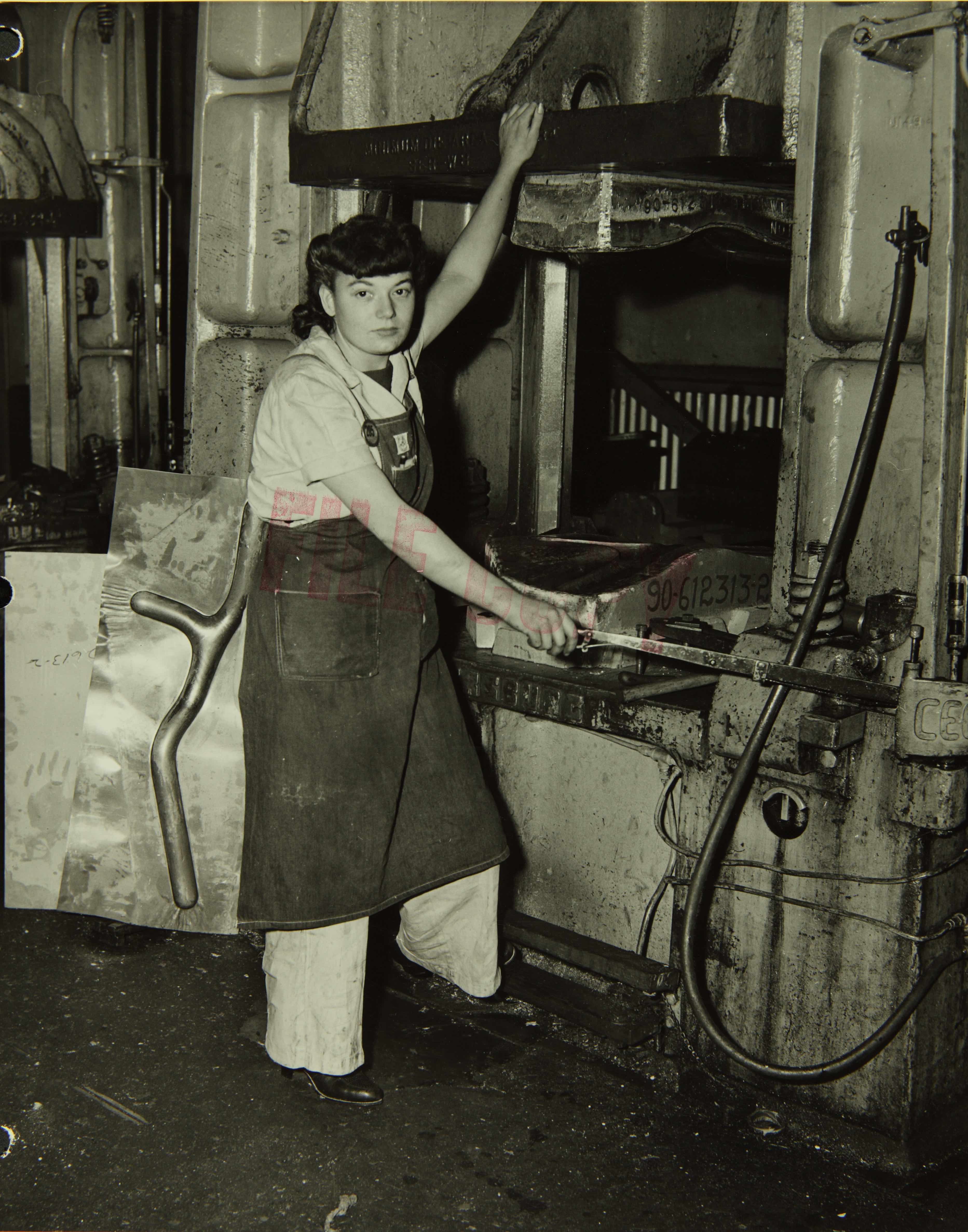
Twenty-year old Margerita Pauletto from Escondido Department 205, stamping out metal parts. In a November 1943 article in the company newspaper Convairiety, she was celebrated as the “first girl drop hammer operator at Convair.”
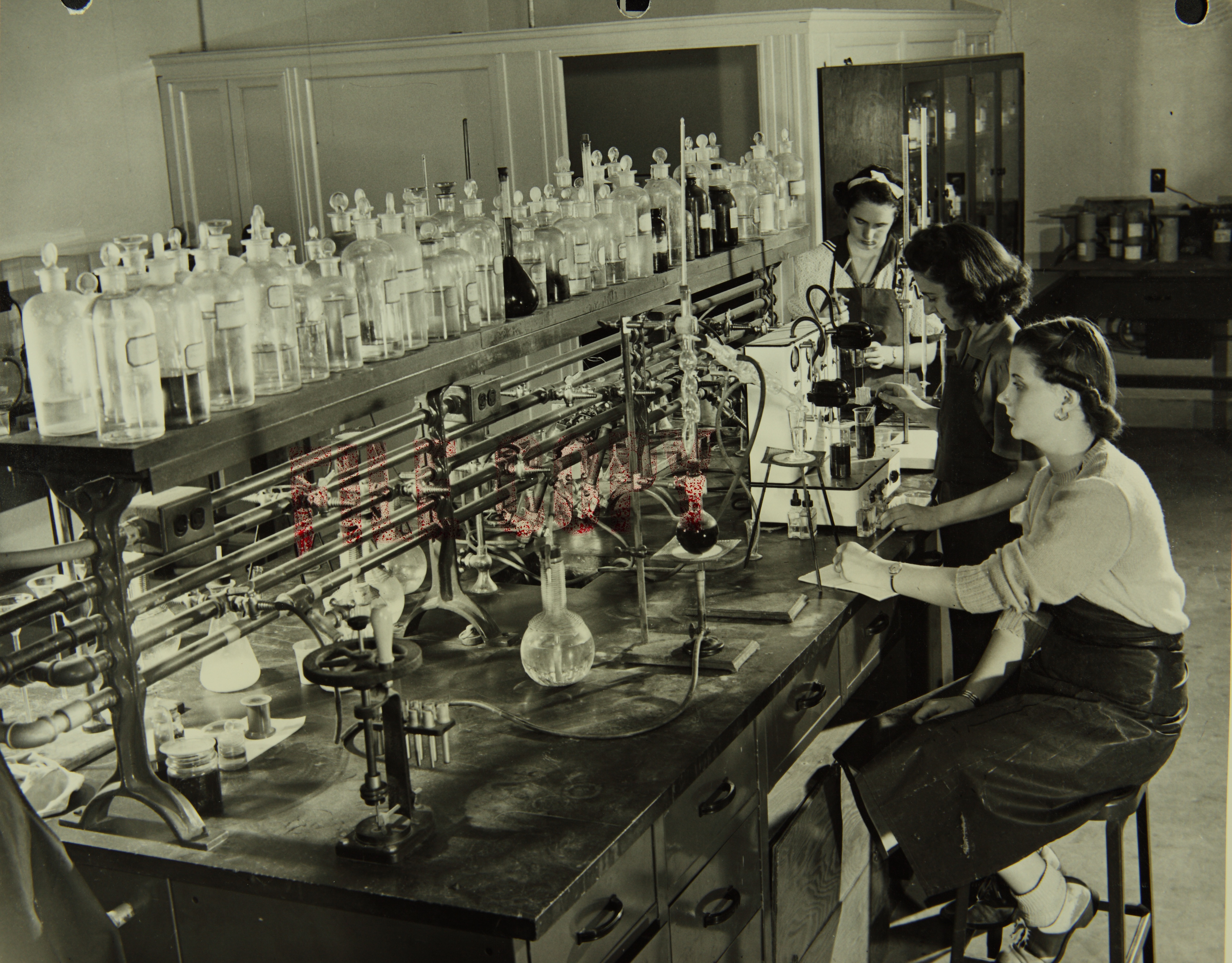
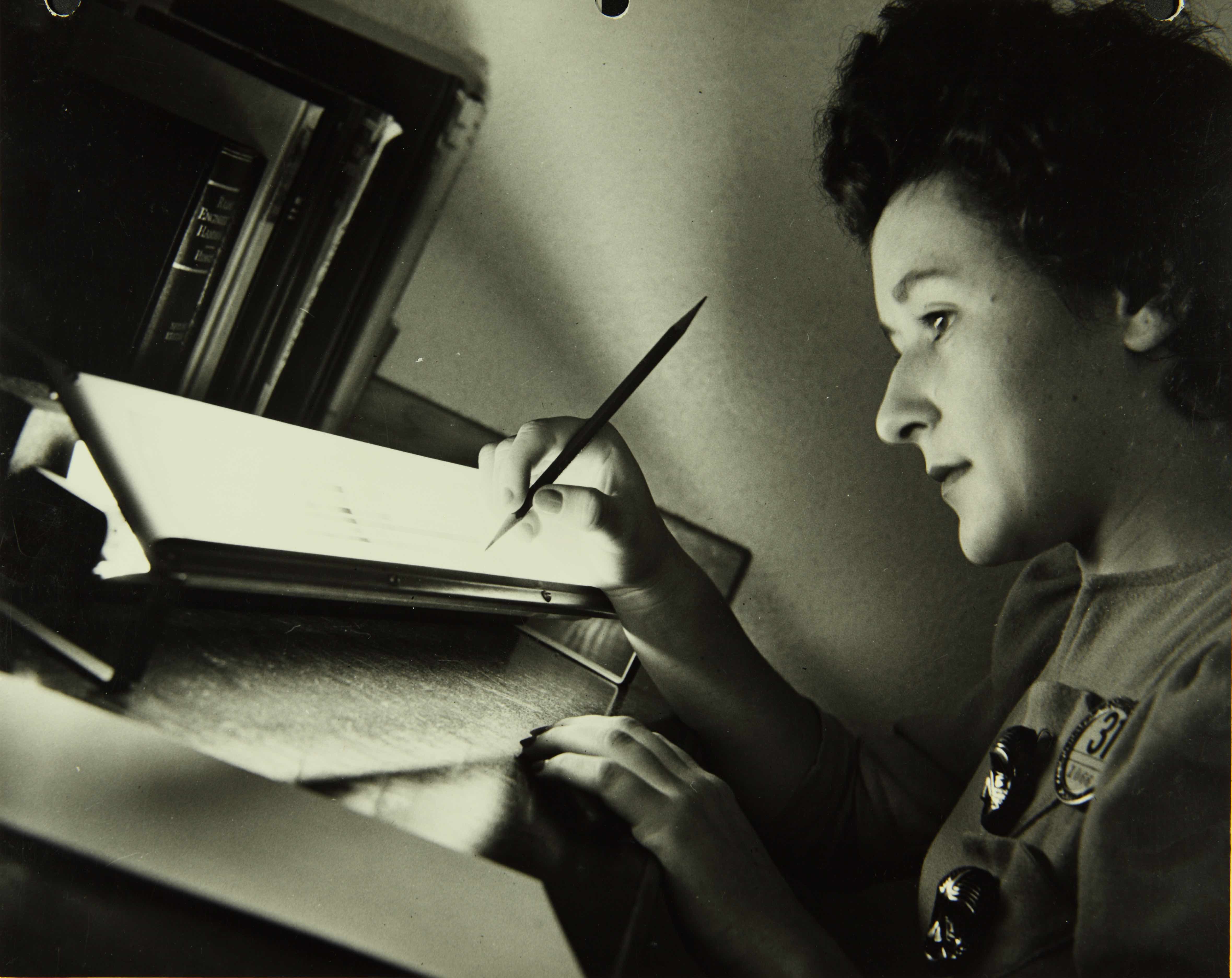
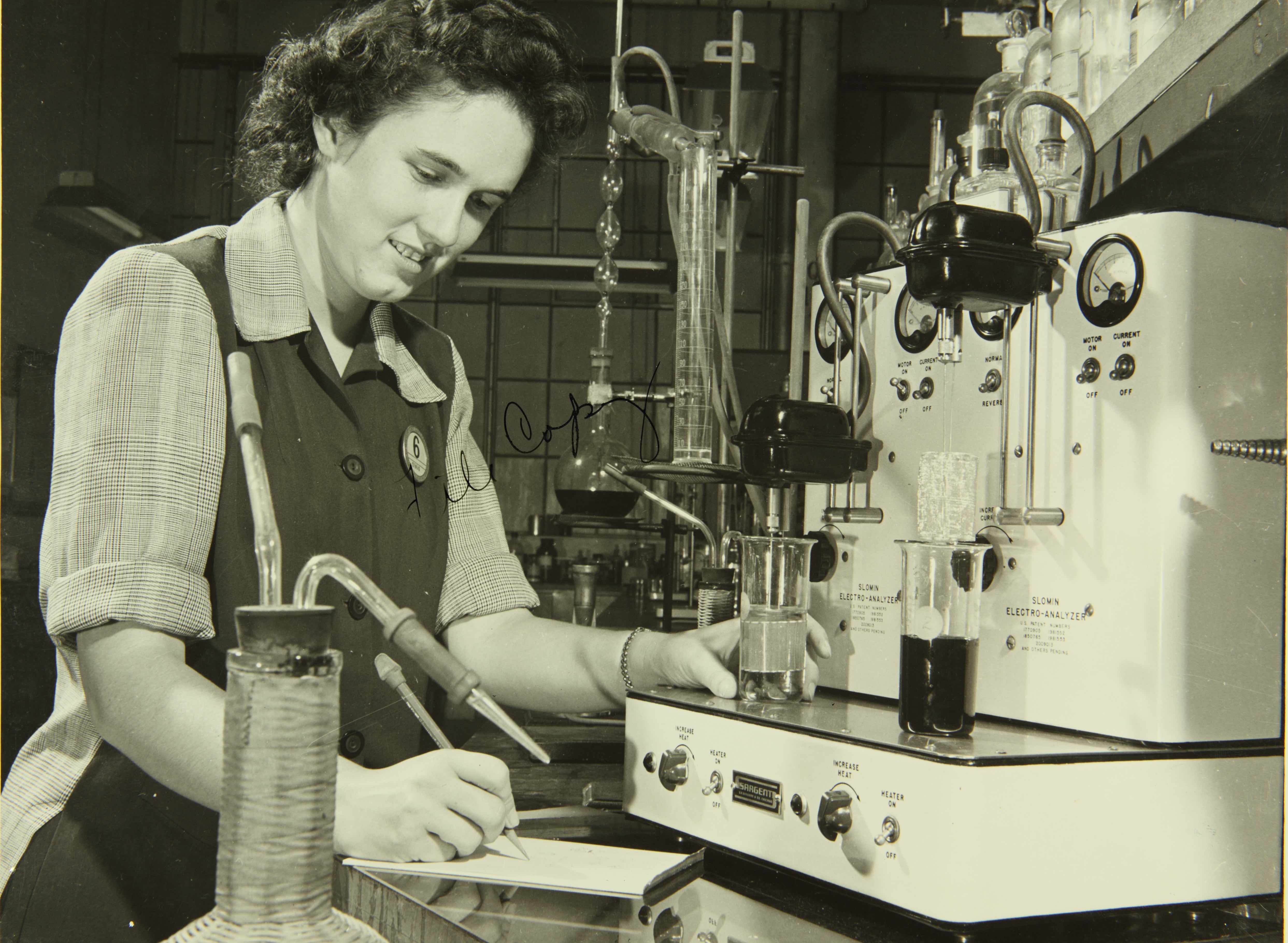
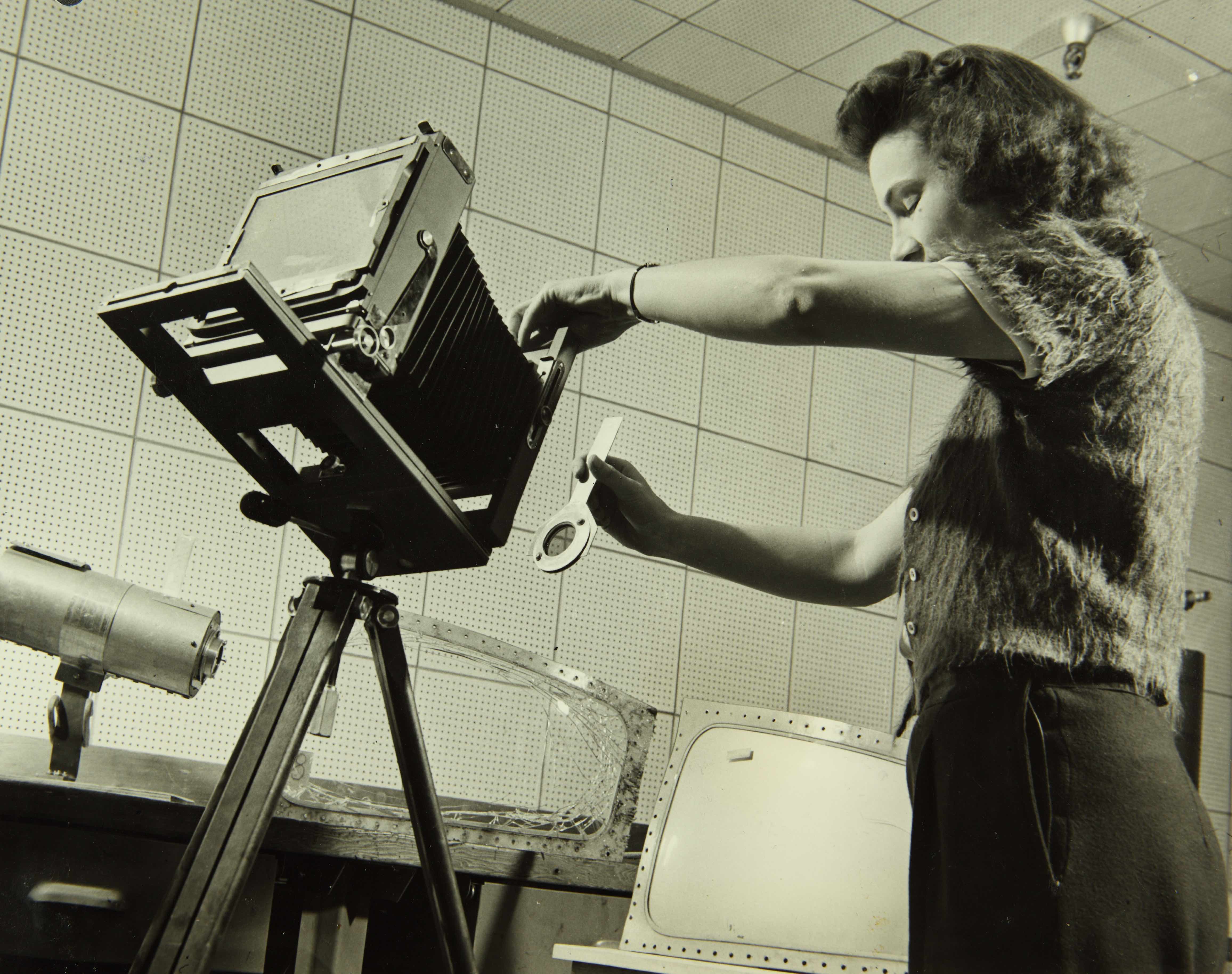
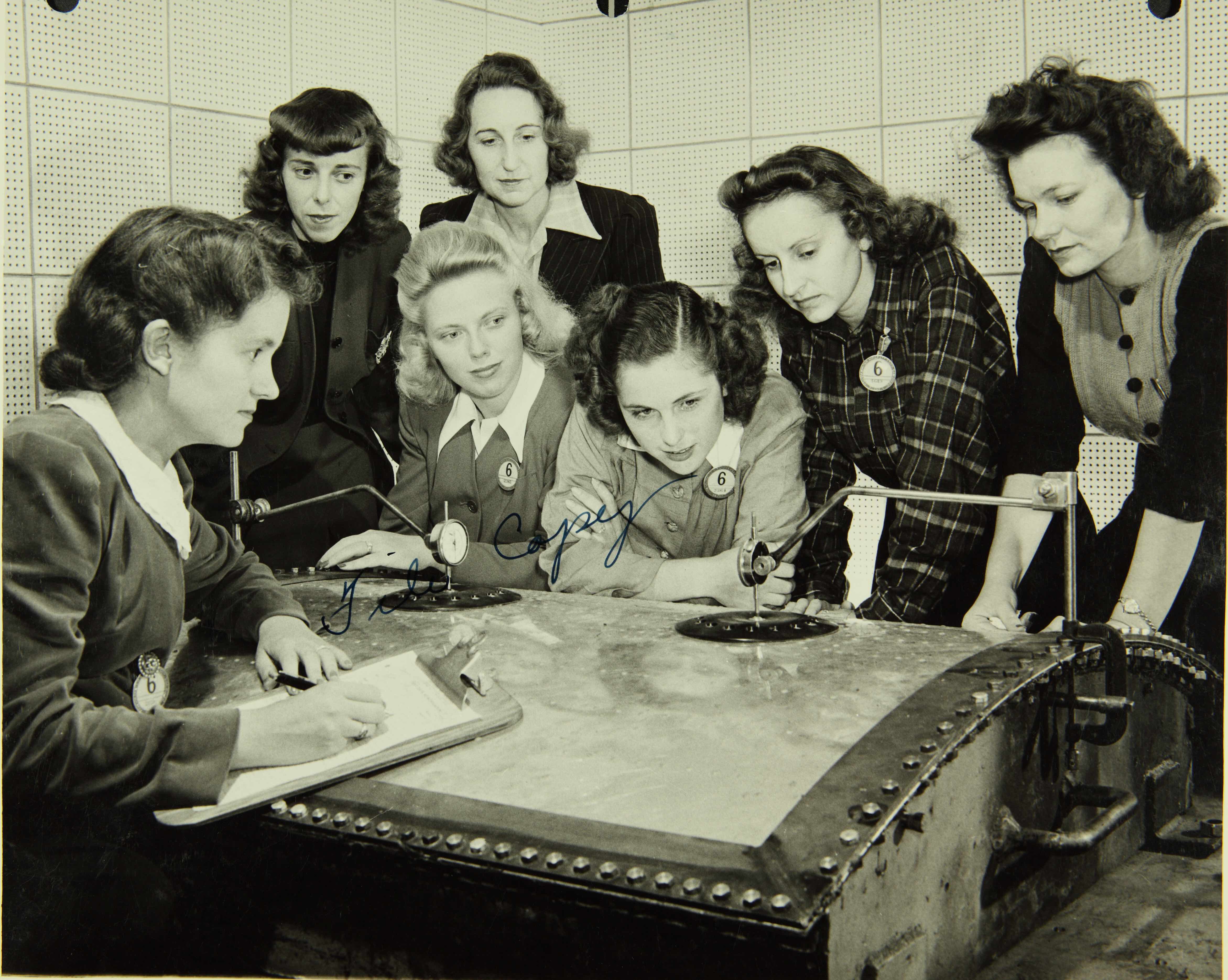

Women also played a major role in other fields of aircraft development, including chemistry and engineering.

When the final touches were made and an airplane neared completion, the feeling of satisfaction, accomplishment, dedication and esprit de corps were exhilarating!
2001 Pan American Plaza, San Diego, CA
Phone: 619.234.8291
Información En Español
Contact Us
We would like to thank all our sponsors who help us make a difference. Click here to view all who help us.

The San Diego Air & Space Museum is a 501(c)(3) non-profit organization. Federal Tax ID Number 95-2253027.
